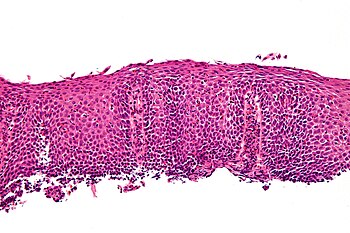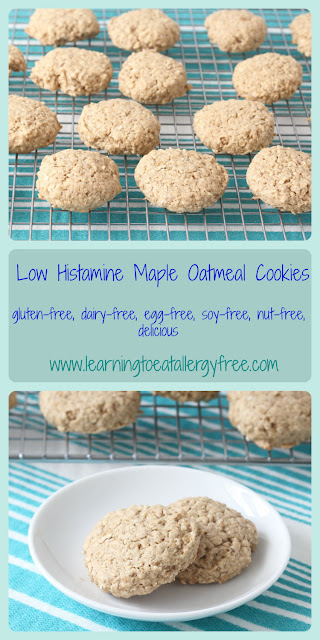Lately, I have been suffering from sneezing and congestion fits that look and feel a lot like allergy. To date, I have been unable to determine what the culprit is. I am, however, certain that this is related to food. After about a month of food journaling I am suspicious that this may be a histamine problem, as there are simply too many foods – including foods I have been eating for years without an issue – that seem to set off these reactions. (I am also still suspicious that I may have a true food allergy to sunflower seeds – a prospect that makes me sad… no more SunButter cups…)
I have nonetheless embarked on a low histamine diet. Note that there is no way to be on a no histamine diet, as all food contains histamines, some more than others. And two of the highest histamine foods are chocolate and red wine (arguably my two favorite foods). This means no chocolate chip cookies for me. And I have switched to white wine (in moderation). What is a girl to do? Create a new recipe, of course.
Here is a cookie recipe that I have been perfecting for the last two weeks. It fits the low histamine requirements – even down to using vanilla sugar in lieu of vanilla extract – and I think you will agree that it satisfies the snack craving.
Low Histamine Maple Oatmeal Cookies
128 grams (about 1 cup) gluten-free flour blend
½ teaspoon xanthan gum
½ teaspoon baking powder
2 tablespoons vanilla sugar (see below)
2 tablespoons canola oil
½ cup maple syrup
2 tablespoons applesauce
100 grams (about 1 cup) quick cooking gluten-free oats
Preheat the oven to 350 degrees. Line a baking sheet with parchment paper.
Combine the flour, xanthan gum (use this only if your flour blend doesn’t contain a gum), baking powder, and vanilla sugar in a medium bowl.
Combine the oil, maple syrup and applesauce in a large mixing bowl.
Add the dry ingredients and blend together well. Add the oats and blend for another 1-2 minutes.
Scoop the cookies onto a baking sheet. Flatten the tops.
Bake at 350 degrees for 15-16 minutes.
Vanilla Sugar
To make vanilla sugar, combine ½ cup organic cane sugar with one whole vanilla bean in the bowl of a small food processor. Process until the vanilla bean is completely combined.
In addition to being low in histamine, these cookies are of course gluten-free, dairy-free, egg-free, soy-free, and nut-free. They have just a touch of crunch, and just the right amount of soft-baked. And they smell soooo good while they are baking!
Monday, December 12, 2016
Thursday, December 1, 2016
Five Things I Learned About Eosinophilic Esophagitis at The Food Allergy Bloggers Conference
 |
| English: Intermed. mag. Image:Eosinophilic esophagitis - high mag.jpg (Photo credit: Wikipedia) |
Dr. Hernandez-Trujillo gave an informative talk on EoE at FABlogCon in November. Here is some of what I learned:
1. This is not an equal opportunity disease. Of the 57 per 100000 patients diagnosed with EoE, males outnumber females three to one. And those who live in colder climates are more likely to have the disease. More than 1/3 of these patients also had an allergic disease (e.g., food allergies, allergic rhinitis, asthma, etc.)
2. EE/EoE is more common than you might think. There are almost as many patients with EoE as appendicitis.
3. Food can be the enemy. Milk is the most common EoE trigger. Wheat, egg, soy, and beef are also common. Yes, beef.
4. Beware the allergy cure. In patients that have been treated with oral immunotherapy for food allergies, up to 10% will develop EoE over time. Is this a good trade-off? I’m on the fence.
5. Treatment options are still evolving. Yes, doctors know more than they did when my son was diagnosed, but there is still a lot left to learn. Some patients must avoid all trigger foods. Some can be treated with medications traditionally used for asthma (e.g., fluticasone) but the long-term effects of steroid use are not yet well understood. And a small number of patients can actually tolerate small amounts of their trigger foods.
For more information on EE/EoE and other eosinophilic disorders, visit APFED’s website. And now is a great time to consider a donation to this non-profit.
Subscribe to:
Posts (Atom)


